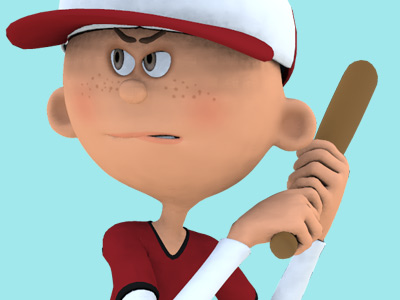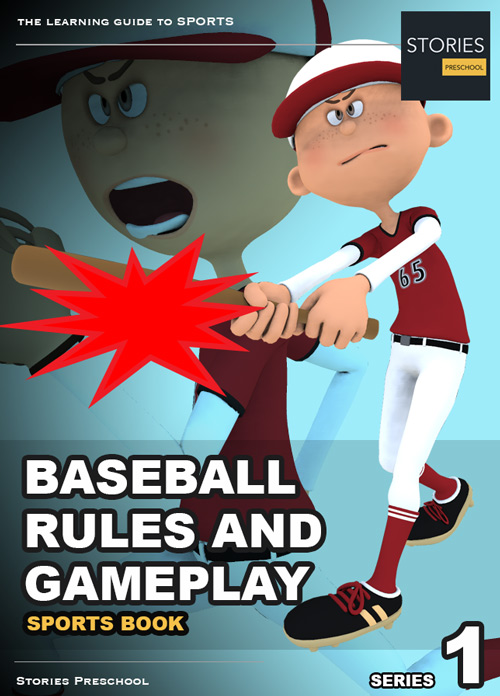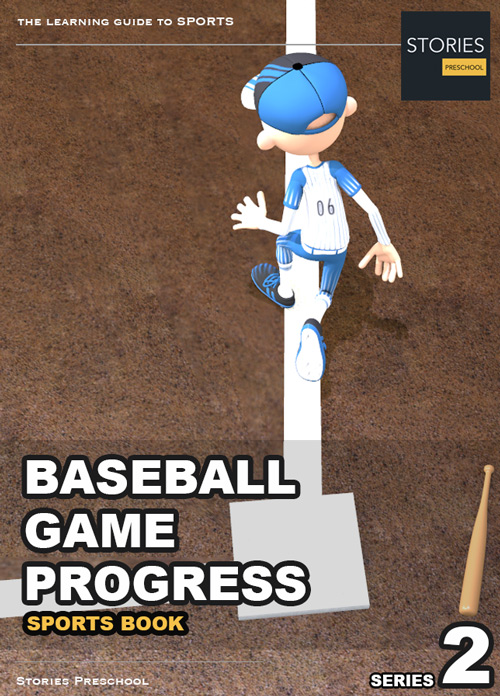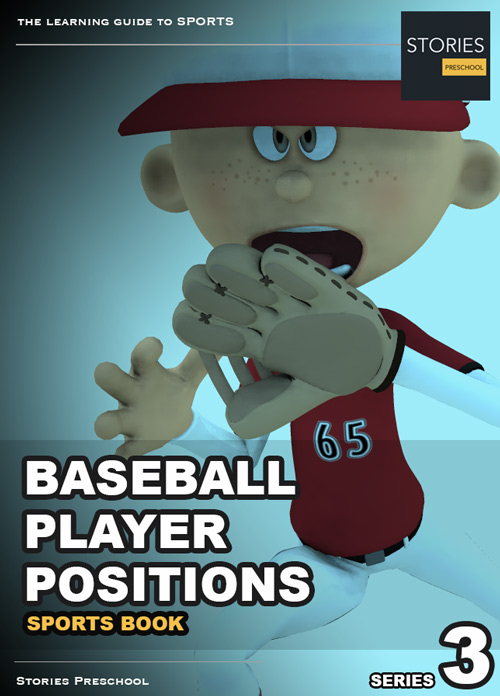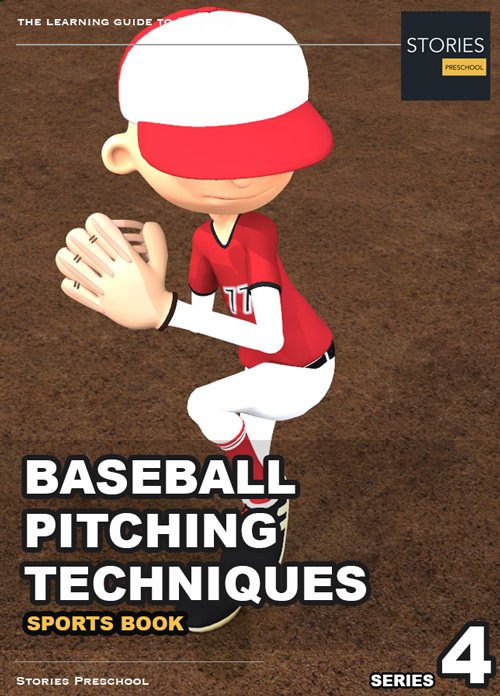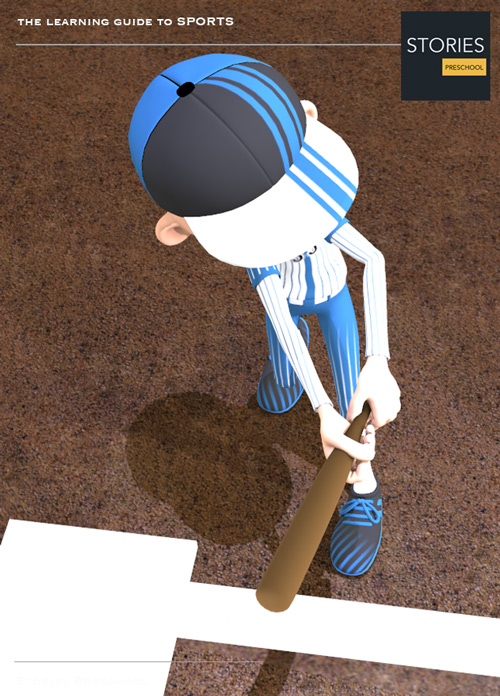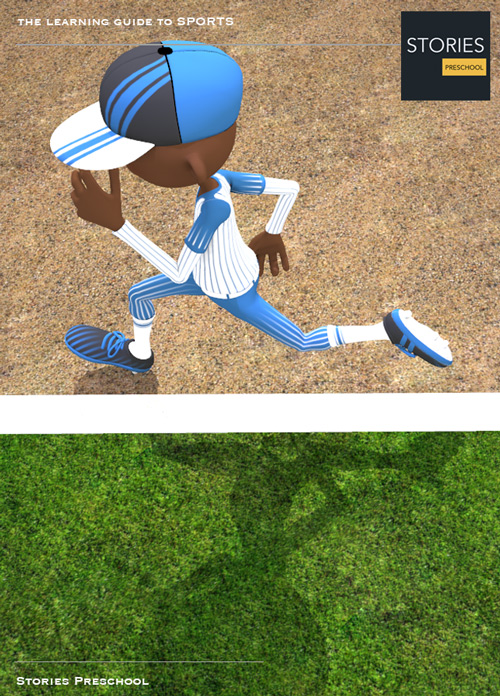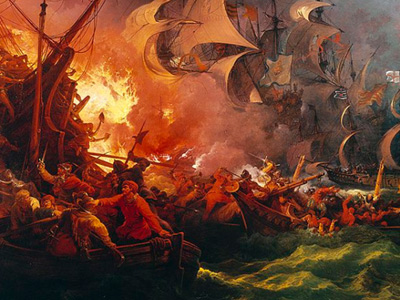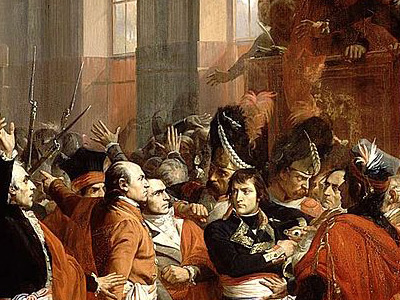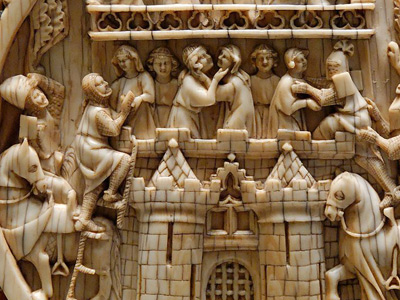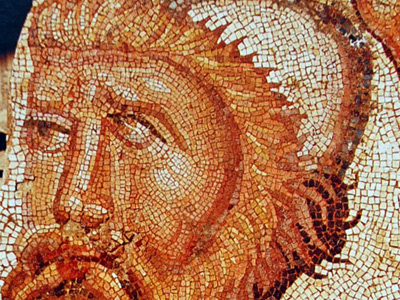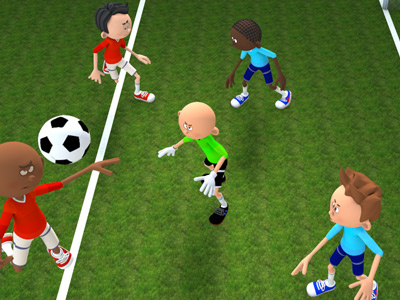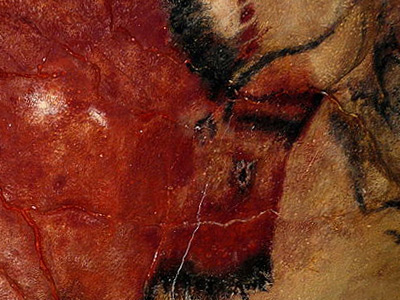Baseball
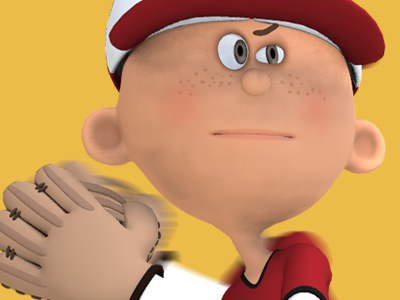
Closing Pitcher
In baseball, a closing pitcher, more frequently referred to as a closer (abbreviated CL), is a relief pitcher who specializes in getting the final outs in a close game when his team is leading. The role is often assigned to a team's best reliever. Before the 1990s, pitchers in similar roles were referred to as a fireman, short reliever, and stopper. A small number of closers have won the Cy Young Award. Dennis Eckersley, Rollie Fingers, Goose Gossage, Bruce Sutter and Hoyt Wilhelm are closers who have been elected to the Baseball Hall of Fame.
Usage
A closer is generally a team's best reliever and designated to pitch the last few outs of games when their team is leading by a margin of three runs or fewer. Rarely does a closer enter with their team losing or in a tie game. A closer's effectiveness has traditionally been measured by the save, an official Major League Baseball (MLB) statistic since 1969. Over time, closers have become one-inning specialists typically brought in at the beginning of the ninth inning in save situations. The pressure of the last three outs of the game is often cited for the importance attributed to the ninth inning.
Closers are often the highest paid relievers on their teams, making money on par with starting pitchers. In the rare cases where a team does not have one primary pitcher dedicated to this role, the team is said to have a closer by committee.
Strategy
ESPN writer Jim Caple wrote that closers' saves in the ninth "merely conclude what is usually a foregone conclusion." Dave Smith of Retrosheet researched the seasons 1930–2003 and found that the winning percentage for teams who enter the ninth inning with a lead has remained virtually unchanged over the decades. One-run leads after eight innings have been won roughly 85 percent of the time, two-run leads 94 percent of the time, and three-run leads about 96 percent of the time. Baseball Prospectus projects that teams could gain as much as four extra wins a year by focusing on bringing their ace reliever into the game earlier in more critical situations with runners on base instead of holding them out to accumulate easier ninth inning saves. In The Book: Playing the Percentages in Baseball, Tom Tango et al. wrote that there was more value to having the ace reliever enter in the eighth inning with a one- or a two-run lead instead of the ninth with a three-run lead. "Managers feel the need to please their closers—and their closers' agents—by getting them cheap saves to pad their stats and their bank accounts", wrote Caple. Tango et al. projected that using a great reliever over an average one to start the ninth with a three-run lead resulted in a two percent increase in wins, versus four percent for a two-run lead or six percent for a one-run lead. Former Baltimore Orioles manager Johnny Oates once told Jerome Holtzman, the inventor of the save statistic, that he created the ninth-inning pitcher by inventing the save. Holtzman disagreed, saying it was baseball managers who were responsible for not bringing in their top reliever when the game was on the line, in the seventh or eighth inning, which had been the practice in the past. He noted that managers' usage of closers can "abuse the pitching save ... to favor the closer."
La Russa says it is important that relievers know their roles and the situations which they will be called into a game. He added, "Sure, games can get away from you in the seventh and eighth, but those last three outs in the ninth are the toughest. You want the guy who can handle that pressure. That, to me, is most important." Oakland general manager Billy Beane said there would be too much media criticism if a pitcher other than the closer lost the game in the ninth." Managerial moves are immediately questioned with millions of fans having access to ESPN, the MLB Network, and other cable channels. Former manager Jim Fregosi said managers do not like to be second-guessed. "Even if you know the odds, it's more comfortable being wrong when you go to the closer", said Beane. He noted the incremental increase gained by a closer in a three-run save situation "is worth it because losing is so painful in that situation." Baseball announcer Chris Wheeler noted that there is pressure on managers to pitch closers in the ninth inning when they were paid big money to pitch in that role. Former general manager Pat Gillick said closers become one-inning pitchers as managers began copying the practice of having setup pitchers enter before closers. "There are just too many specialists, guys who can only pitch one inning and only pitch certain innings and throw only 20 pitches. I think most pitchers are capable of pitching more", said Gillick.
SPORTS
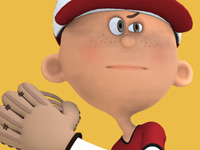
RESOURCES
This article uses material from the Wikipedia articles "Baseball", "Pitcher" and "Closer (baseball)", which is released under the Creative Commons Attribution-Share-Alike License 3.0.
© Stories Preschool. All Rights Reserved.
